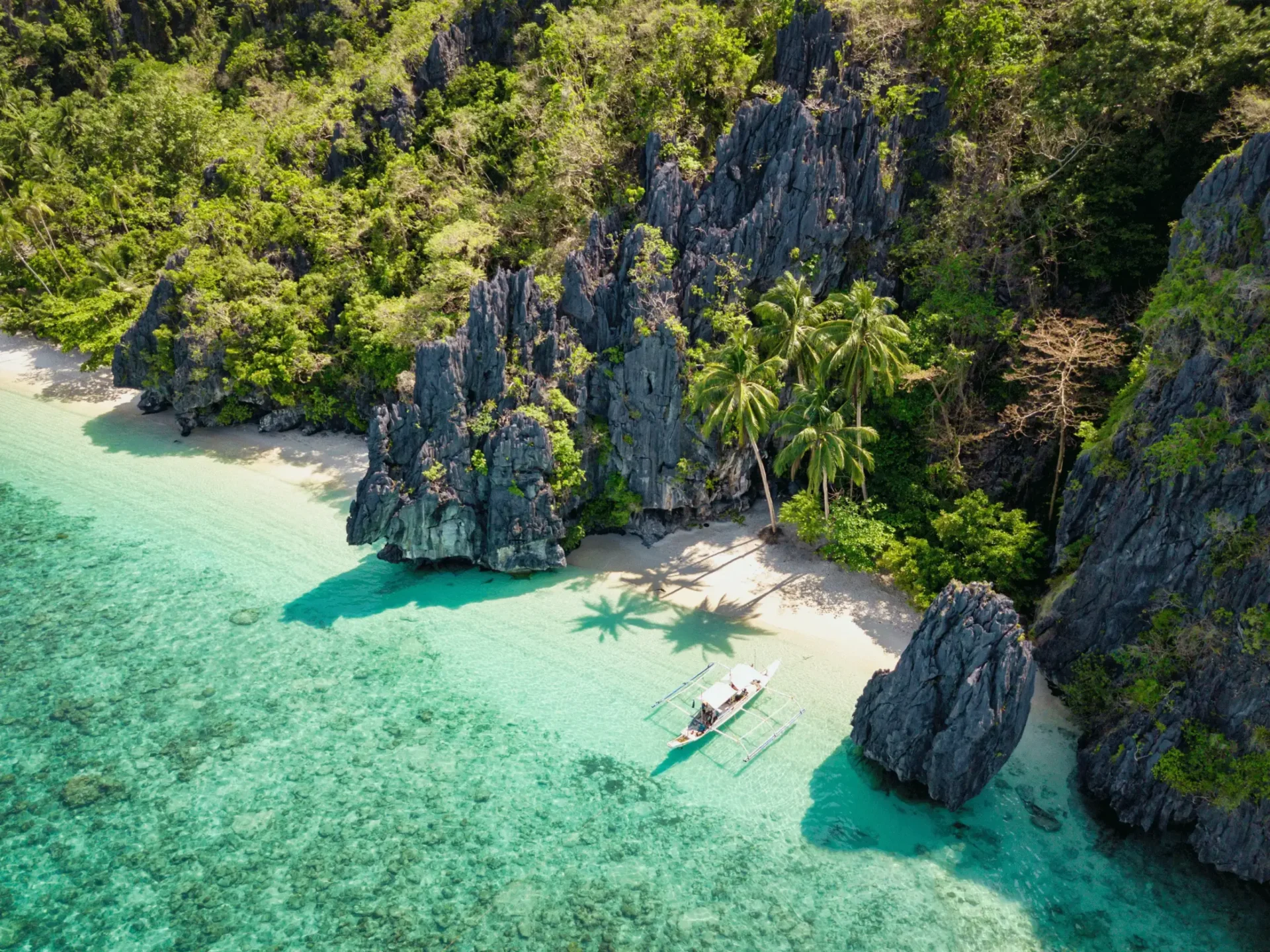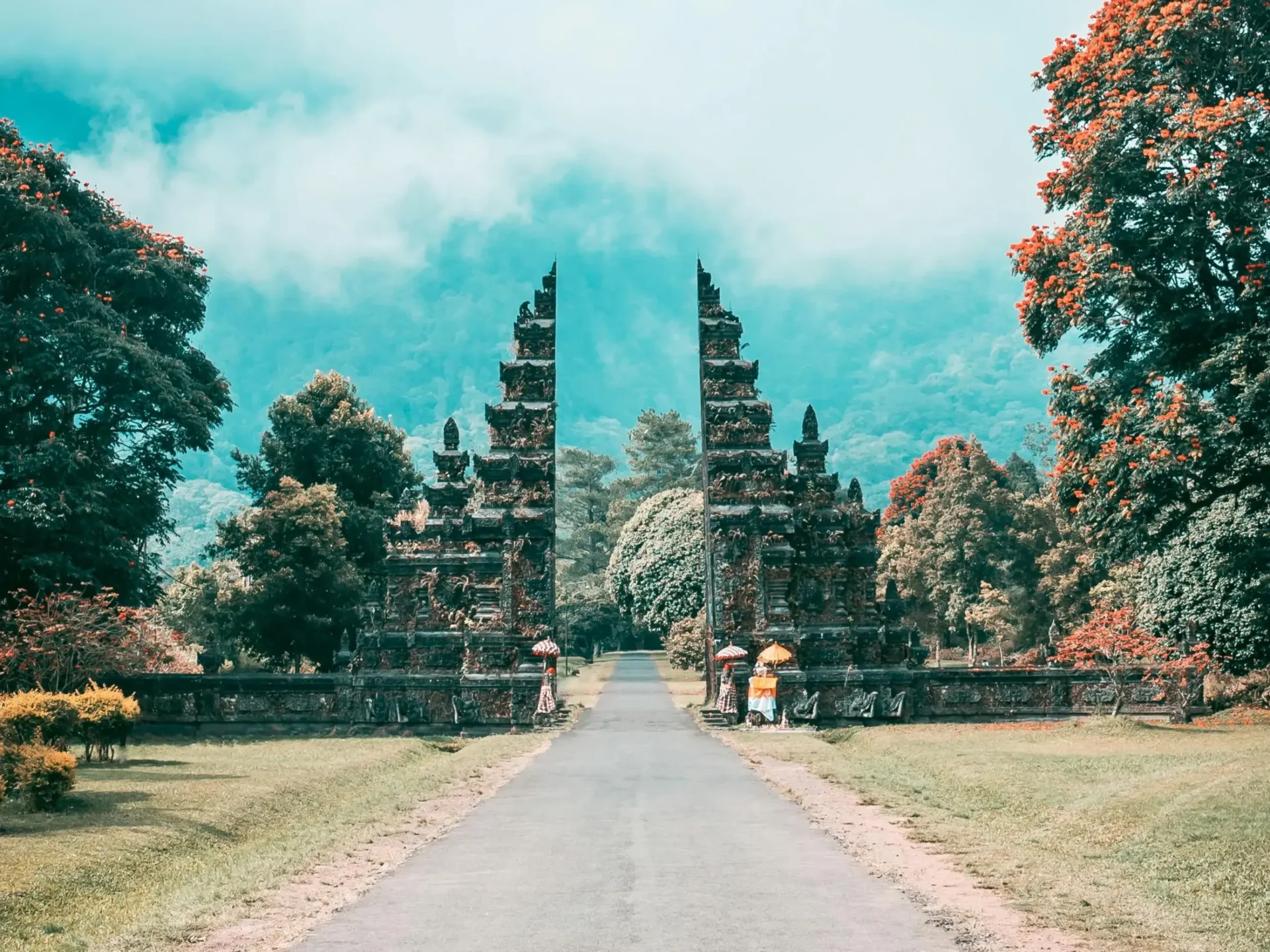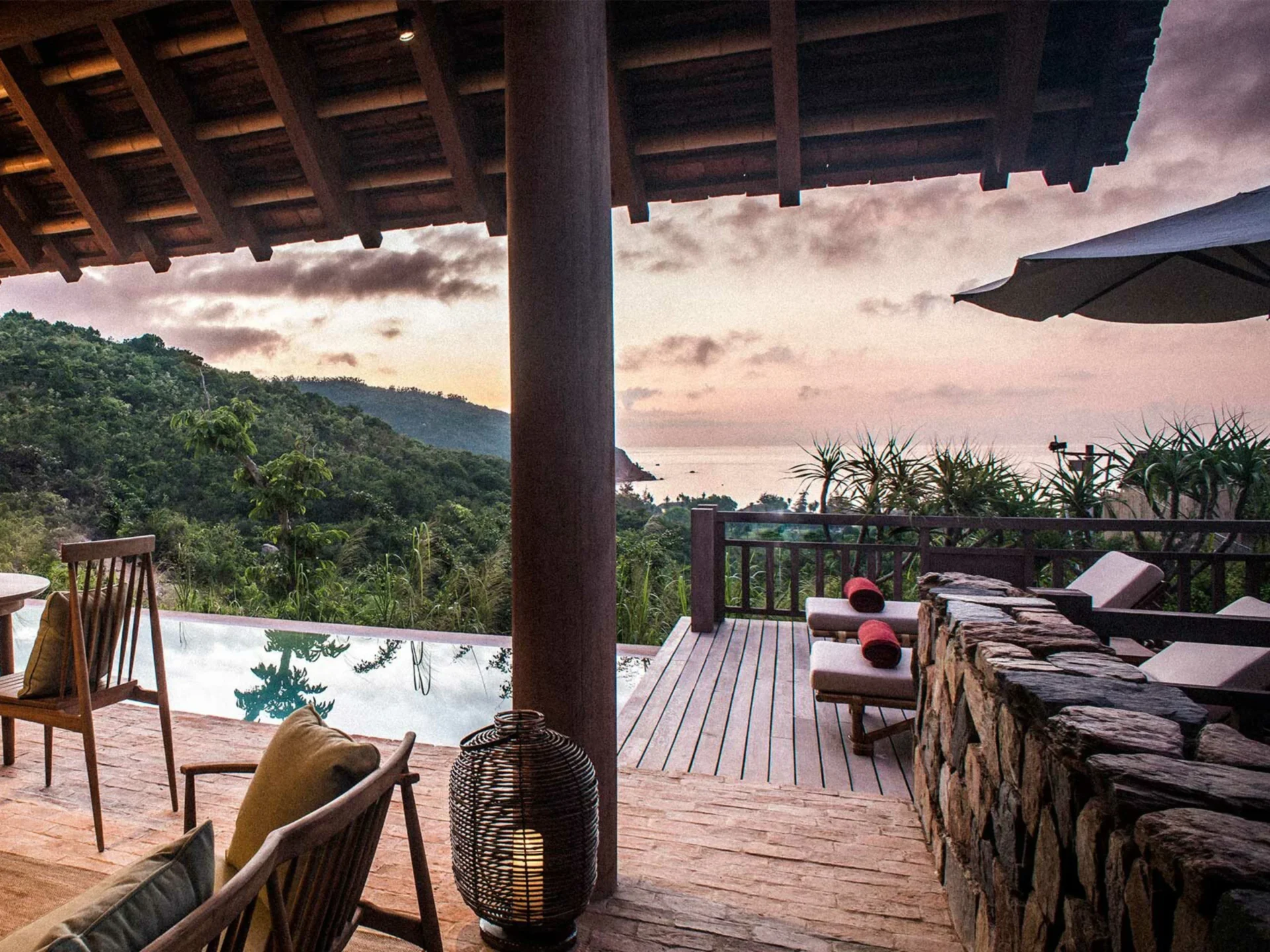Where the City Ends: Three Hidden Paradises Just Beyond Kuala Lumpur’s Bright Lights
In the restless heart of Kuala Lumpur, true paradise reveals itself not in spectacle, but in the hidden places where nature and solitude still remember each other
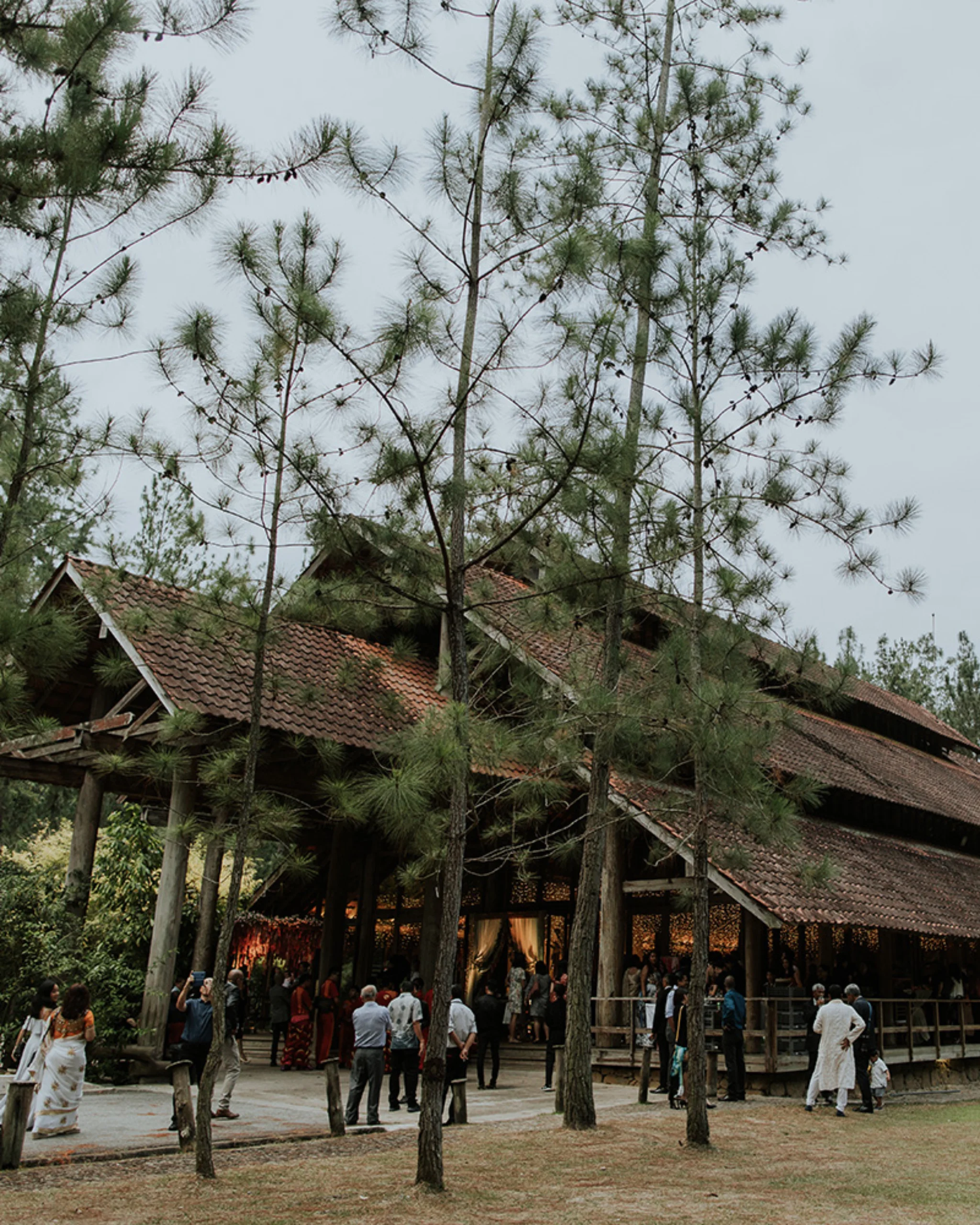
In a city more often measured by its neon skyline and its relentless, clattering tempo, Kuala Lumpur’s secret paradises offer something else entirely: the space to breathe. Not the hurried breath of transit and transaction, but the slow, reverent intake of a place that is, against all odds, still wild at the edges.
Beyond the glass monoliths and arterial highways, there are small sanctuaries—pockets of unruly beauty and extravagance. They do not announce themselves. They wait, hidden, for the visitor who asks not what can be consumed, but what can be found. Here are three such refuges, each one a deliberate step off the obvious path.
Tamarind Springs
Ampang, known to most for its suburban humdrum, holds a secret among its hills. Tamarind Springs is less a restaurant than an experience: a sinuous melding of old forest and low-lit luxury. The approach alone feels like stepping out of the known world—a gravel path, a hush that deepens with each step away from the road.
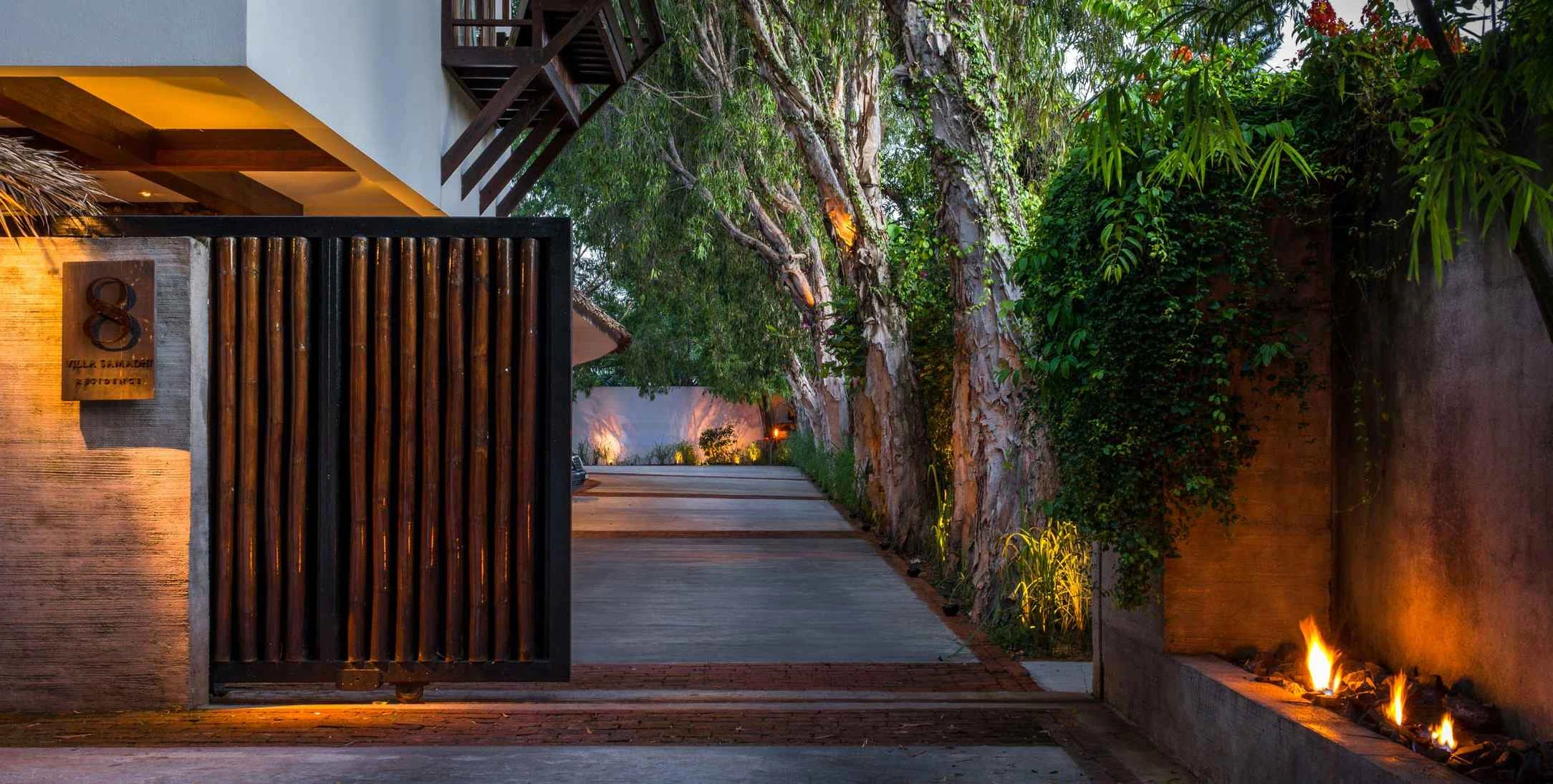
Here, dinner is served not merely to satisfy hunger, but to remind you of how textured a night can be. Long, slow meals under a canopy of trees, framed by the scent of wet earth and woodsmoke. Before or after, the adjacent trails beckon: tangled, slippery, punctuated by brief flashes of waterfall—a glimmer of cold silver through the green. It is a meal and an encounter with a forgotten luxury, one measured not in price but in privacy.
Villa Samadhi
Even within the dense heart of Kuala Lumpur, it is possible to disappear. Villa Samadhi, an improbable oasis minutes from the city’s political and economic pulse, offers a sleight of hand: from the outside, an unassuming facade; from within, a composition of tropical gardens, still pools, and teak-walled intimacy.
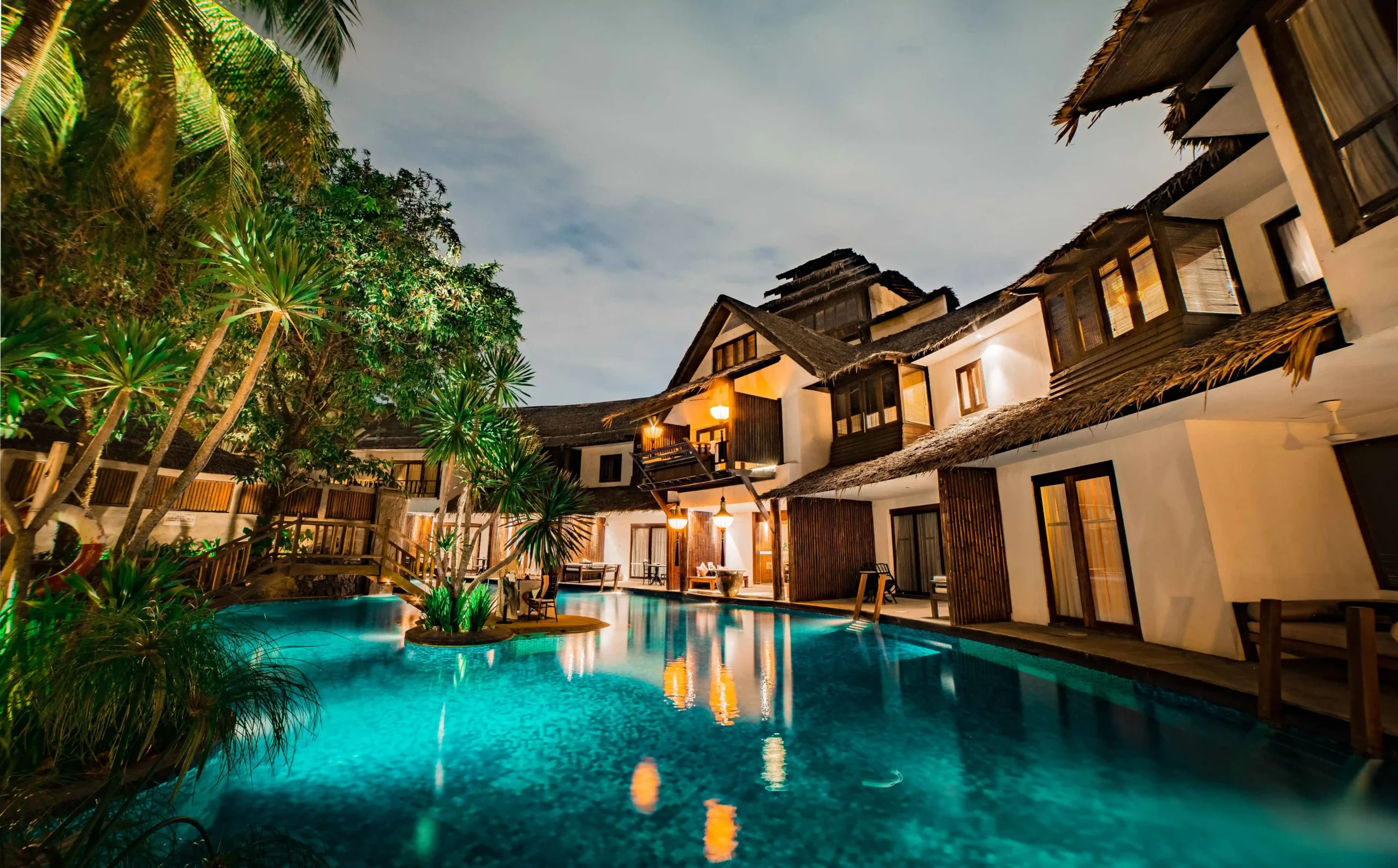
The Luxe Sarang rooms, named as if whispering the promise of a nest, come equipped with private plunge pools and courtyards that encourage a monastic retreat—for couples, certainly, but also for the individual seeking silence as a form of restoration. It is a curated wildness, a place built not to conquer nature but to suggest it. The world outside is both impossibly close and utterly irrelevant.
Tanarimba, Janda Baik
A short and sinuous drive from the city’s feverish center leads to Tanarimba, nestled in the cooler elevations of Janda Baik. Here, the architecture leans heavily on the language of the forest—timber frames, high roofs, and the persistent rhythm of rain on wood. It is, in some ways, the fantasy of a simpler Malaysia—an imagined, elegant rurality.
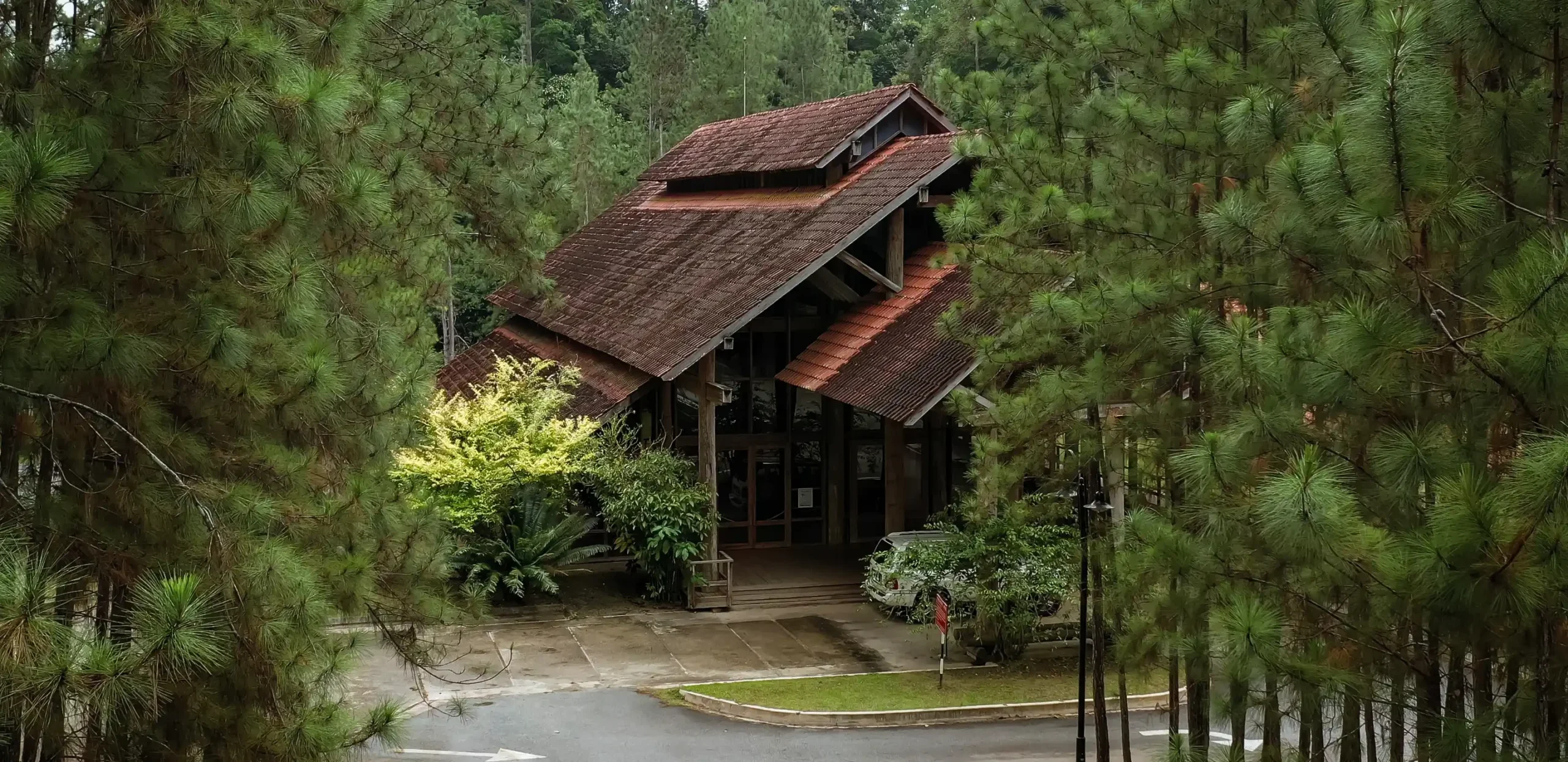
Tanarimba is a place to stay and a setting. Ideal for private events that want for atmosphere rather than ornament, or for photo shoots that need a backdrop of curated wildness. Yet it is at its most potent when experienced without purpose: walking slowly through the misty trails, pausing to watch how the morning light threads itself through the ancient trees.
It offers luxury that cannot be bought in boutiques or cataloged on social media—the pure, astonishing luxury of being left alone, surrounded by something larger, slower, and infinitely older than yourself.
In Kuala Lumpur, paradise is not in the places you rush toward. It is in the ones you almost miss, the ones that demand stillness and attention. It is a trail that disappears into the trees, a pool where only the rain dares to ripple the surface, a house where time itself seems to hesitate.
Sometimes, the real adventure is not in finding more, but in finding less.
Special thanks Mughni Che Din



